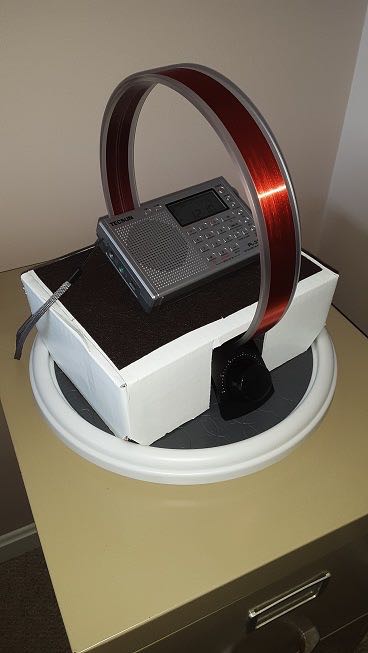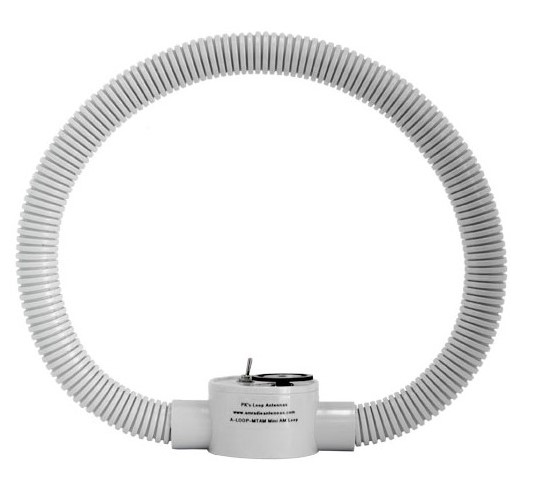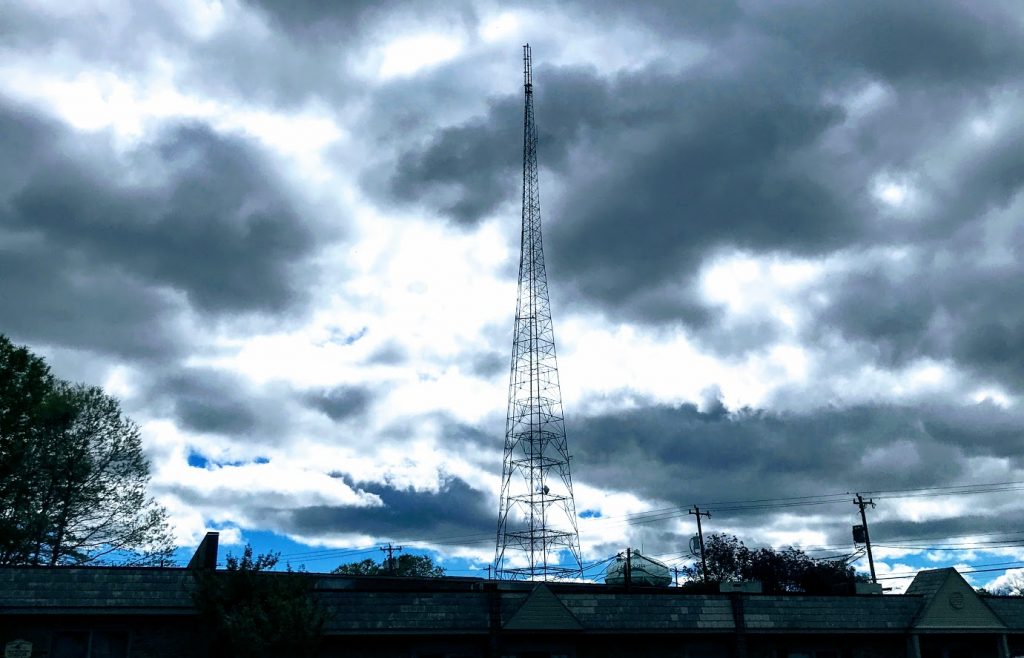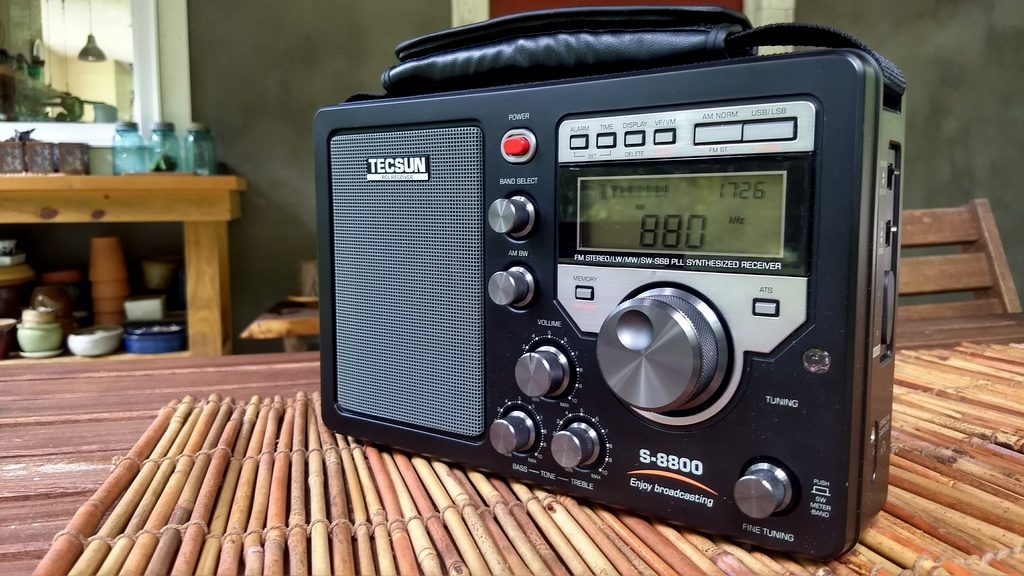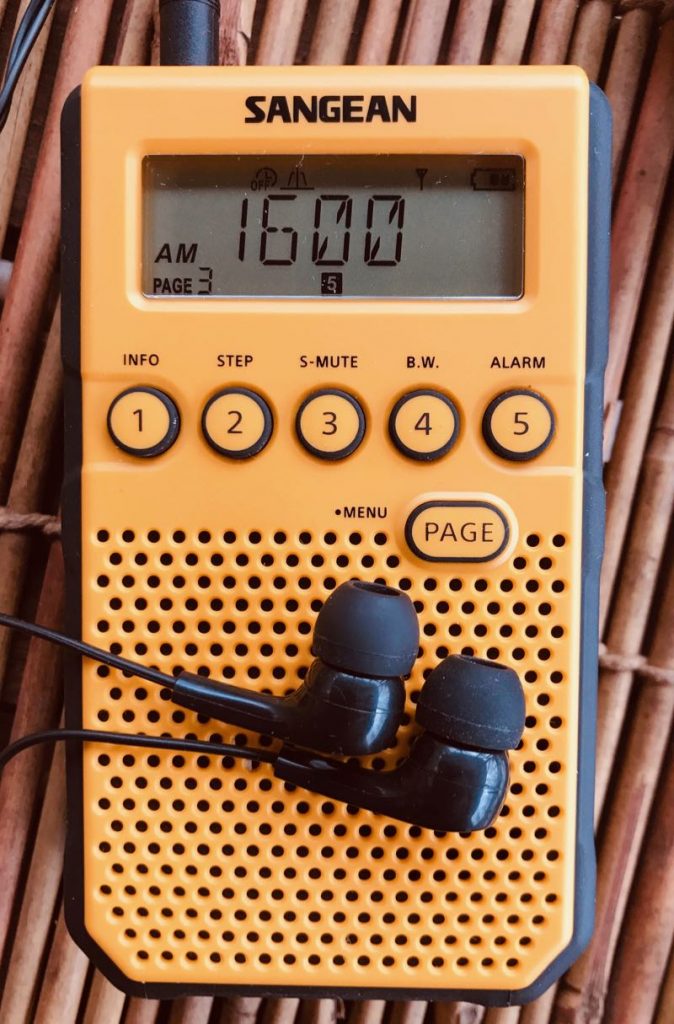
Many thanks to SWLing Post contributor, Tracy Wood, who notes:
New construction – a 250 kw FEBC medium wave outlet coming southwest of Seoul. BTW, FEBC currently leases at least one hour of VOA-Korean on FEBC 1188 khz Seoul.
An interview with the FEBC president on CBN News:
(Source: CBN NewsCBN News)
Communist North Korea is about to get hit with a massive new radio signal carrying the message of Christ’s love like never before.
“It’s an AM station, 250,000 watts, which will clearly cover North Korea,” said Ed Cannon, president of Far East Broadcasting Company, also known as FEBC.
For over 75 years, FEBC has been using radio signals to send the message of Jesus Christ around the world.
Cannon says this new “super station” will be erected close to the border of North and South Korea.
“We’ve secured a location on the western coast of South Korea just a few miles south of the Demilitarized Zone,” Cannon told CBN News. “It’s a perfect location because the signal goes across the ocean for a few miles and then goes right into North Korea.”
FEBC’s president says the radio signal will launch in a few months and will carry gospel programs produced from neighboring South Korea.
“The strategy of our organization is to use indigenous people in their native language to produce programming,” Cannon said. “We have a large segment of South Korean people broadcasting and we also have a number of escapees, refugees from North Korea, who’ve come to our organization.”
Cannon claims the signal will be “unblockable” by North Korea’s regime and will “reach far past the northern boundary of North Korea covering the entire country with the message of Jesus Christ.”
According to its website, FEBC’s broadcasts can be heard in 107 languages and 49 countries from 149 stations and transmitters.
“Our goal in North Korea is the same as it is in all of our other countries: to share the gospel through radio so that people will be inspired to follow Jesus Christ as their Savior,” Cannon told CBN News in an earlier interview.
North Korea is the most dangerous country in the world for Christians. Cannon says anyone caught listening to FEBC programs faces severe consequences.
“The {North Korean} refugees themselves say ‘pray for courage, pray for perseverance’ because the Christians are reaching out in ways to gather together in the Name of Christ, to pray together, to listen to the radio together, and they are willing to endure severe persecution,” Cannon told CBN News.
Each year, Open Doors USA releases their World Watch List, a ranking of the 50 countries where Christians face the most persecution.
North Korea has taken the top spot for 18 years in a row.
“If Christians are discovered, not only are they deported to labor camps as political criminals or even killed on the spot, their families will share their fate as well,” Open Doors asserted on their website. “Christians do not even have the slightest space in society, on the contrary, they are publicly warned against.”
Click here to read the full article art CBN News.
Thank you for sharing this, Tracy!

